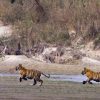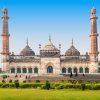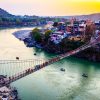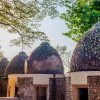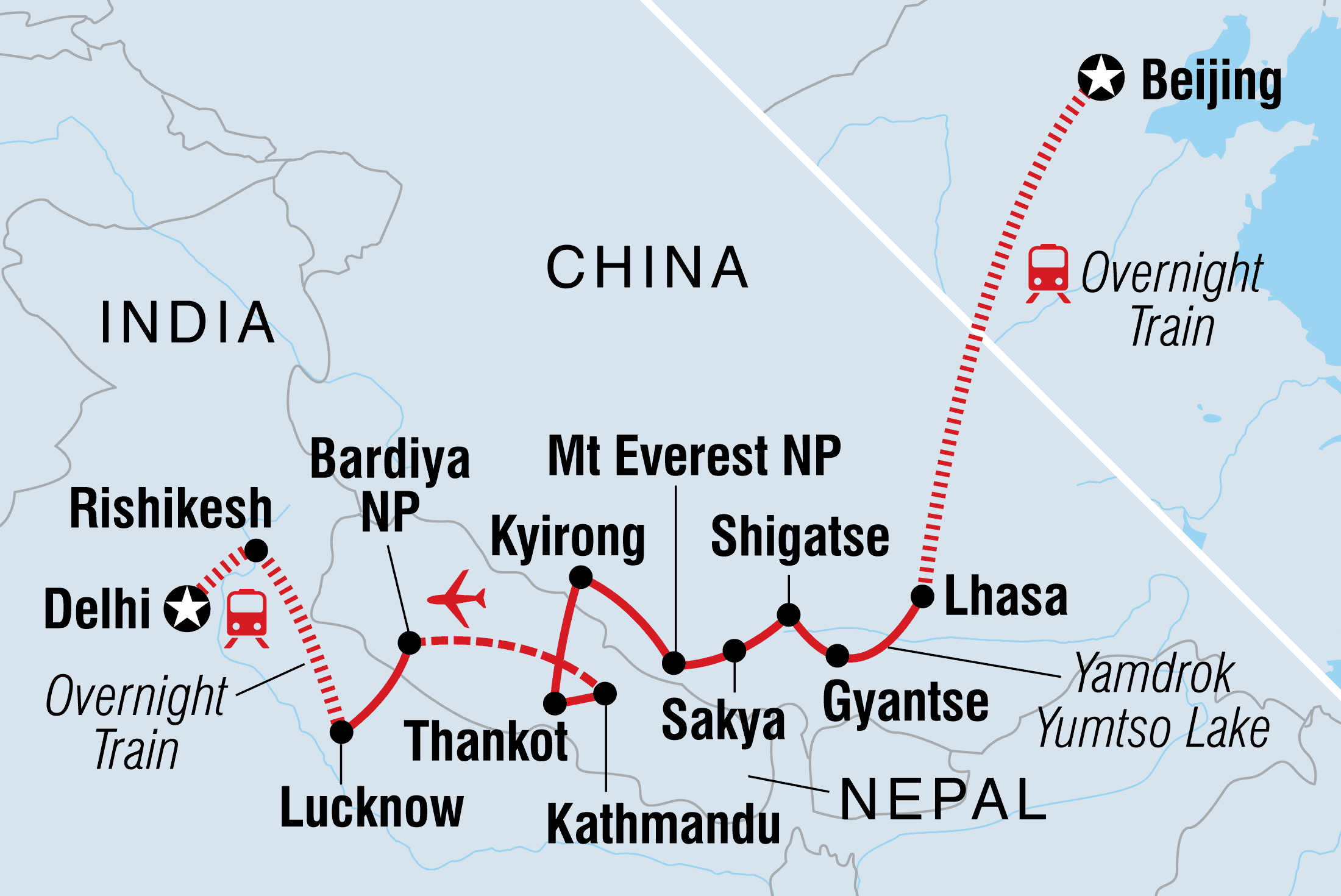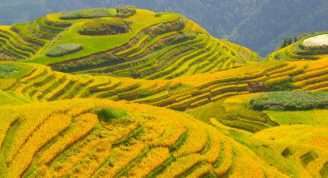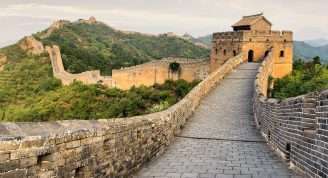Description
China’s charisma, Tibet’s treasures, Nepal’s nature and India’s enigma – all of this awaits on a 24-day adventure from Beijing to Delhi. Experience one of the world’s greatest train journeys, get to know the highland haven of Lhasa and discover the world’s highest monastery in the foothills of Qomolangma. Look for Bengal tigers in the jungle during two safari excursions in Bardia National Park, explore the palatial hallways and gardens of Lucknow’s Mughal- and colonial-era buildings, and watch a fire ceremony along a clear and blue stretch of the holy Ganges River. This adventure avoids the tourist crowds in favour of slices of authentic daily life, and this life is one definitely worth experiencing.
- Sit back and relax on one of the world’s greatest train journeys – a marathon 45-hour journey to the literal Roof of the World, passing by incredibly mountainous and remote terrain, and the occasional grazing yak!
- Get to know Lhasa, from the incredible atmosphere of the pilgrim-filled Jokhang Temple – the most sacred in the Tibetan Buddhist world – to a traditional momo making class, you’ll get a real taste for this place.
- Climb phenomenal mountain passes, twist up thrilling peaks, and take in incredible views of skies and lakes on your overland journey, standing in the shadow of the mightiest of them all – Mt Everest – and visiting the world’s highest monastery on your way!
- Look for Bengal tigers and other wildlife on two safari excursions in Bardia National Park, where recent Nepalese efforts have resulted in tiger populations doubling since 2009.
- Watch the nightly Ganga Aarti ceremony unfold along the Ganges River in Rishikesh, gathering with the local community to watch this captivating ritual involving fire and music.










